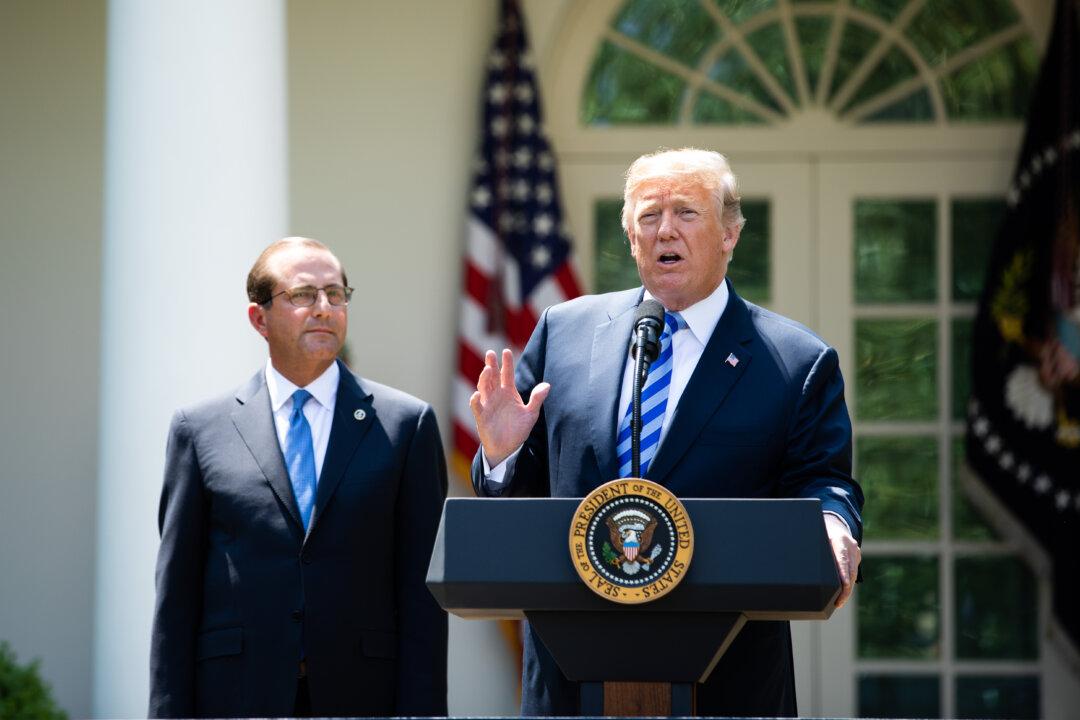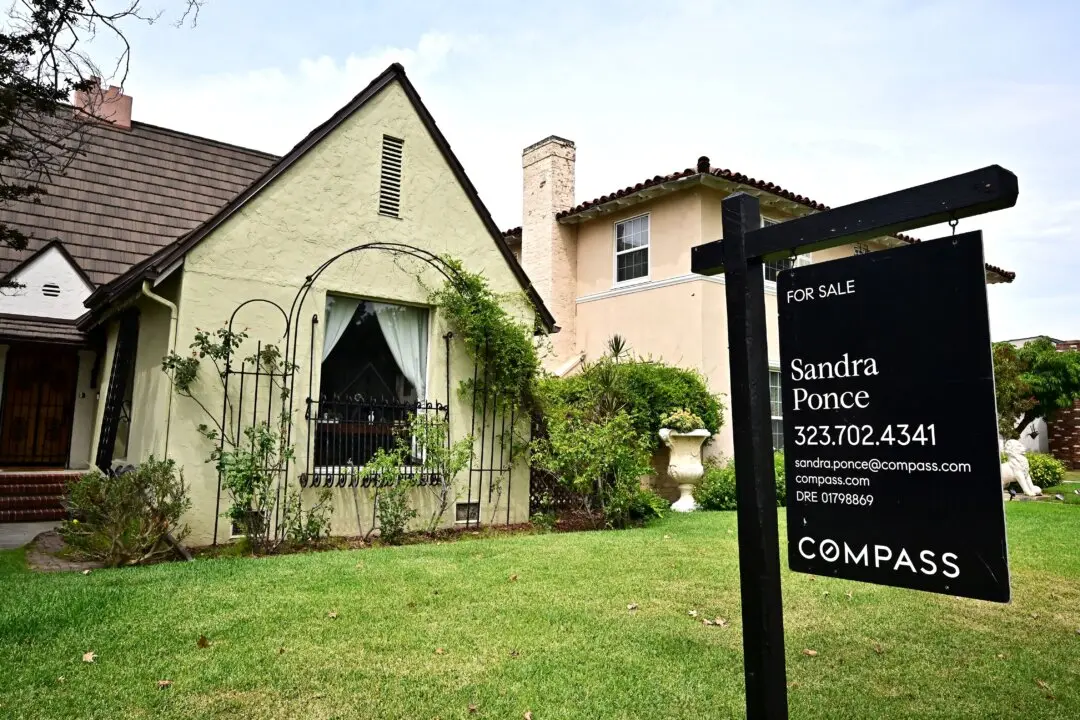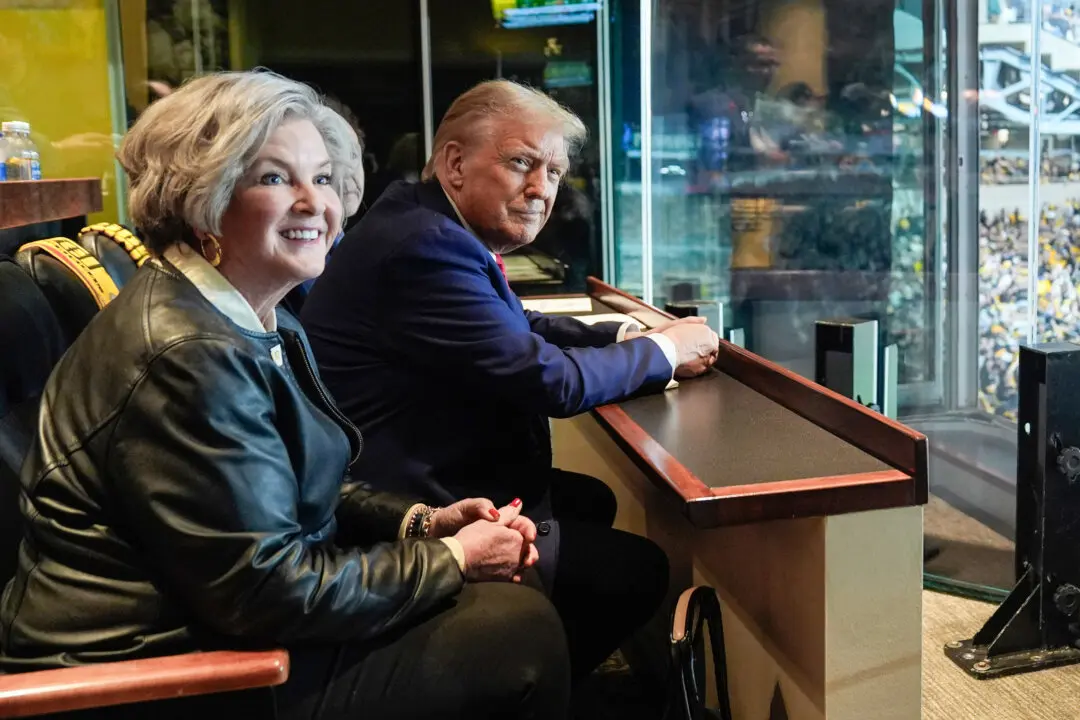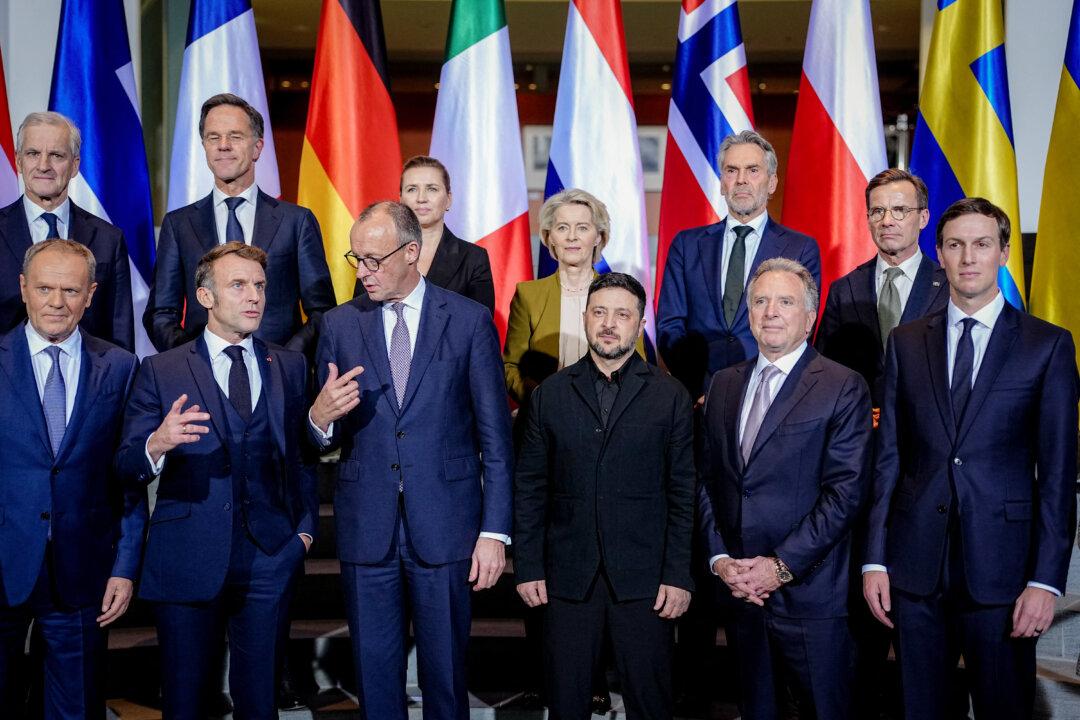President Donald Trump laid out his vision for lower drug prices on May 11, announcing a major action plan to put “American patients first.” The president has made it a high priority for his administration to ensure that generic drugs are sold at a reasonable price in the United States.
“We will have a tougher negotiation, more competition, and much lower prices at the pharmacy counter, and it'll start to take effect very soon,” Trump said.





